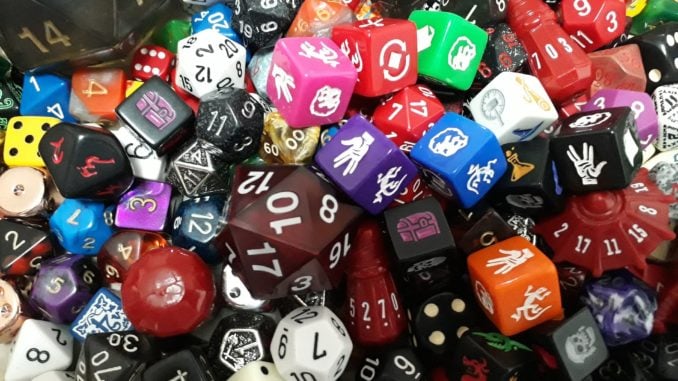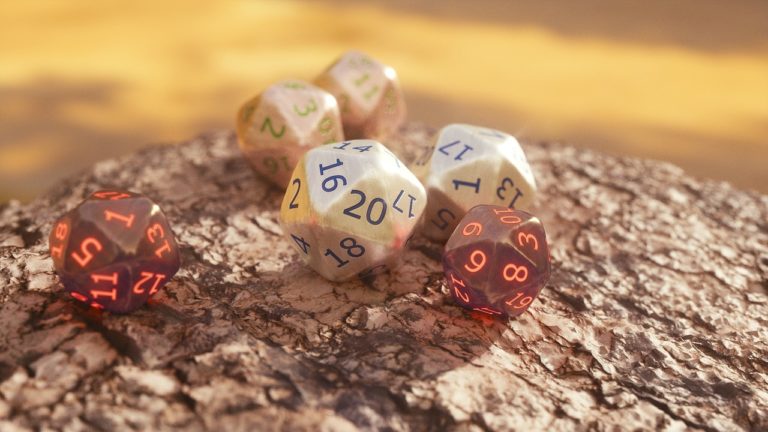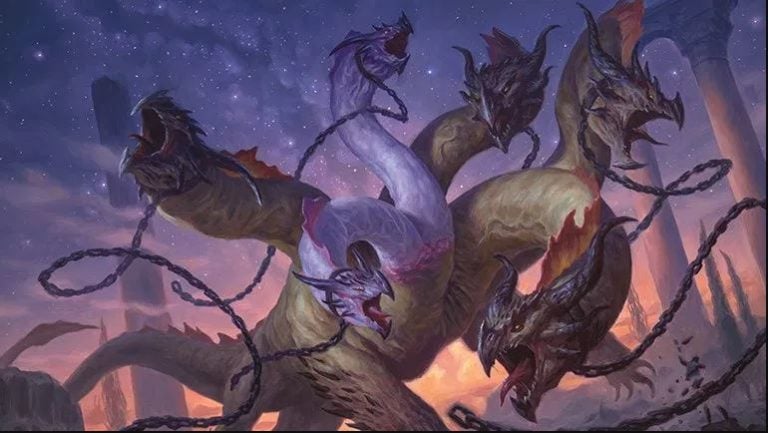5E Leveling Guide | How to Level Up DnD 5E
While many play Dungeons & Dragons to enter a fantasy land of mystery and roleplay, others do it for the level ups, the numbers, and the sweet loot. Gaining experience in 5e is pretty similar to a lot of popular RPG video games… But with a catch; your GM determines a lot about when or where you get it. Let’s touch on what it means to level up. Let’s talk experience with our guide on how to level up DND 5E.
How to Level Up DnD 5e
Your character levels up by accumulating experience points. This threshold changes over the course of your adventure.

| Level | Proficiency Bonus | Experience Points |
| 1 | +2 | 0 |
| 2 | +2 | 300 |
| 3 | +2 | 900 |
| 4 | +2 | 2,700 |
| 5 | +3 | 6,500 |
| 6 | +3 | 14,000 |
| 7 | +3 | 23,000 |
| 8 | +3 | 34,000 |
| 9 | +4 | 48,000 |
| 10 | +4 | 64,000 |
| 11 | +4 | 85,000 |
| 12 | +4 | 100,000 |
| 13 | +5 | 120,000 |
| 14 | +5 | 140,000 |
| 15 | +5 | 165,000 |
| 16 | +5 | 195,000 |
| 17 | +6 | 225,000 |
| 18 | +6 | 265,000 |
| 19 | +6 | 305,000 |
| 20 | +6 | 355,000 |
How Do I Get Experience?
There’s 2 major types of experience in 5e; Guaranteed and GM-based.
Guaranteed experience is granted whenever you overcome a threat to your party. That means whenever you defeat a monster or dissuade opponents from fighting, your party gets XP. The GM has stat blocks for monsters, and they split the monsters’ total XP among the party to determine how much experience you get.
Other than monsters, GMs determine how XP is handled. Some GMs will give XP for overcoming traps, or creatively solving puzzles. Others will give XP for finishing a quest or completing side-objectives. Still more may give points for discovering locations or even just making progress on quests.
And, every now and then, your GM decides to do “milestone” leveling, where they just tell you to level up at certain parts of the story. This may be boring, but it saves a lot of paperwork!
What Happens When I Level Up?
When you level up, you must choose which class you want to continue leveling up. Most people would keep increasing the class they chose previously. If you choose to do so, you roll your classes Hit Dice, add your Constitution modifier, and add the total to your HP. You also add that hit dice to your pool to roll during short rests. Then, you look at the next level of class features and add them to your options. This includes spellcasting! You also gain class features. For example, reaching Paladin level 2 grants you Channel Divinity.
However, sometimes you want to choose a different class than the one you started with. This is called multiclassing. If you want to multiclass, you essentially take a level in the other class. You must meet the Ability Score prerequisite in order to multiclass. Then, you gain specific proficiencies and the class’s hit dice (rather than your own!) for HP and short rests. Finally, you get the class features of that class’s level. You can put more than one level into a multiclass, but make sure to track progress in both classes separately. Most people put their classes as “Class [Number] / Other Class [Number]” to make it easy on themselves (For example, Fighter 3 / Rogue 4 is a level 7 character with 3 fighter levels and 4 rogue levels). Even if you multiclass, your Proficiency Bonus continues to increase, and is added to everything that you’re proficient in.
If you want more information on Multiclassing and what options might be best, consider checking out our 5E Multiclassing Handbook.
Wrapping Up
Leveling up is largely a GM thing. They determine how much experience you get whenever you defeat an enemy, overcome an obstacle, or complete a quest. Once you do level up, however, the world is your oyster… If the oyster is choosing between Bard 2 and Bard 1/Fighter 1.
Want more questions answered? See our rundown of when 5E came out!






